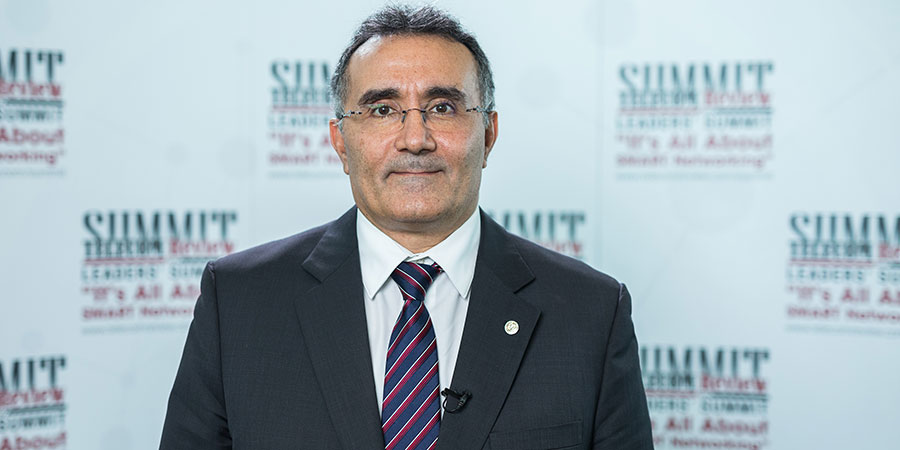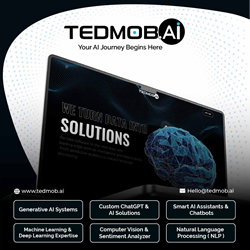Bilel Jamoussi, Chief of Study Groups, ITU, attended the 13th edition of the Telecom Review Leaders’ Summit in Dubai. During the event, he spoke with Telecom Review about current focus areas and the main challenges facing the acceleration of digital transformation.
The International Telecommunication Union (ITU) is an agency of the United Nations (UN) whose purpose is to coordinate telecommunication operations and services throughout the world. The ITU fosters international cooperation and solidarity in the delivery of technical assistance and in the creation, development and improvement of telecommunication and ICT equipment and networks, especially in developing countries.
The key areas mentioned related to 5G deployment. The ITU is focused on providing standards for 5G deployments in order to enable digital transformation. 5G is the enabler of other emerging technologies and it is the task of the ITU to ensure standards are set in relation to developing technologies.
Bilel Jamoussi said: “We are focused on leveraging 5G deployments to provide the foundation for digital transformation. We are also looking at the standards for enabling autonomous driving and the standards to enable AI for health.”
“We are leveraging the data and bandwidth capabilities that 5G brings. We are also looking at the connectivity of IoT, and especially low latency standards so that new applications, such as autonomous driving, can be enabled.
According to Jamoussi, autonomous driving is important because it saves lives. The ITU will be providing an assessment of autonomous vehicles, in comparison to the human driver. Accordingly, a focus group has recently been launched to examine this area.
In relation to the challenges facing the acceleration of the digital transformation, the ITU believe that human capacity to keep up with new technology is an area that requires attention. For that reason, the ITU is taking steps to bridge the gap between the developing and developed world by setting standards for everyone to follow.
“It is one of our primary objectives to bridge the standardization gap. When countries have the capability to understand the standards and to participate in the development of the standards, all of the global requirements are brought to the table. The solutions can then become global and widely deployed around the world.”











